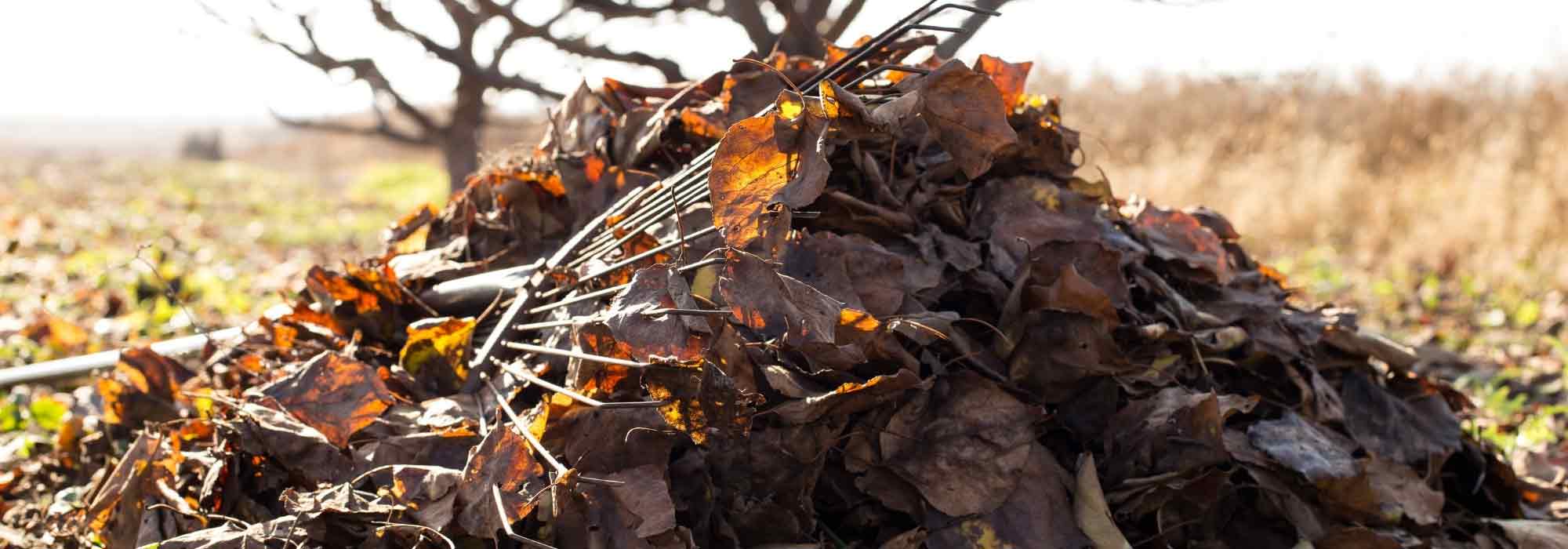
7 trees with leaves that easily decompose for leaf mould
for less maintenance and to enhance them in the garden!
Contents
As autumn arrives, we take advantage of the bounty that falls from the trees, namely the dead leaves to create mulch and compost in abundance. Not all trees produce the same type of leaves:
- some are carbonaceous or cellulosic, and their decomposition will be slower, such as oak or plane tree leaves. Carbon is, however, the element that will provide more structure to the soil, and the humus resulting from this decomposition will be stable and durable,
- others are balanced in carbon and nitrogen and will decompose more quickly, making them particularly interesting for hastening the decomposition process. We will see which tree species bear these leaves,
- nitrogen-rich plant materials are green, soft, and moist, such as grass clippings, young tender leaves, and fruit and vegetable peels.
A mulch, but especially a compost, should contain both carbonaceous, balanced, and nitrogen-rich elements to be rich and balanced. They should therefore consist of a diversity of leaves and organic materials. Trees that produce leaves that break down easily are thus interesting from several perspectives, particularly for facilitating composting.
Here are 7 trees whose leaves decompose easily and quickly, so you can identify and make good use of them in the garden.
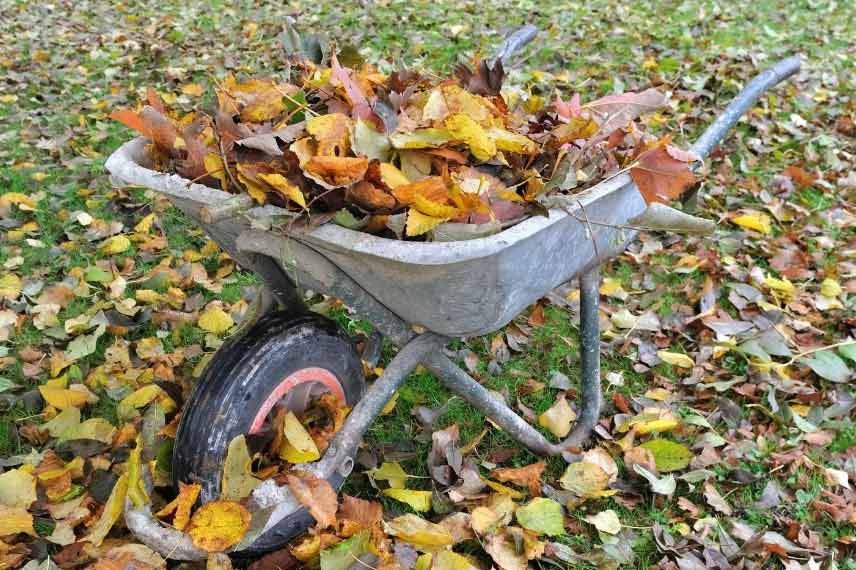 Depending on their nature, tree leaves decompose at varying rates
Depending on their nature, tree leaves decompose at varying rates
Alder
Pioneer species adorned with numerous qualities, very hardy and fast-growing, alders or Alnus in Latin, are deciduous trees from the family Betulaceae, naturally growing in wet soils. In France, there are three species of alders, each with a beautiful pyramidal silhouette:
- the glutinous alder or Alnus glutinosa, which is the most common
- the white alder or Alnus incana, found in the Alps
- and the Alnus cordata or Corsican alder with heart-shaped leaves
They bear lovely crinkled leaves, and from January, elongated male aments and female ones shaped like small pine cones appear. Their roots carry mycorrhizae that allow them to fix nitrogen from the air, enabling them to thrive in poor soils and contribute to fertilising and improving the quality of these soils.
The leaves of alders decompose quickly and can be used to enrich compost, mixed with more carbon-rich leaves that should preferably be shredded beforehand. They can be spread as mulch in beds, pots, or the vegetable garden. While they won’t provide a very durable cover, they will help improve the richness and structure of the soil.

Leaves of Alnus glutinosa
Read also
How to make good leaf mould? - tutorialThe hazel tree
Hazel trees or Corylus avellana are small trees or large bushes highly valued for their delicious hazelnuts. The use of a forked hazel branch to detect underground water dates back to the Celts and is still practiced today.
The deciduous foliage of hazel trees appears late, around mid-May. Oval and lanceolate, their leaves were once smoked instead of tobacco! Light and tender, they decompose well and quickly form humus. Very hardy, the hazel can grow in regions with the harshest winters and in mountainous areas. Make the most of the large amount of leaves that fall to the ground to mulch your most delicate plants and protect them from the cold. As they decompose, they will also provide organic matter to the plants and will have nearly disappeared by the following beautiful season.
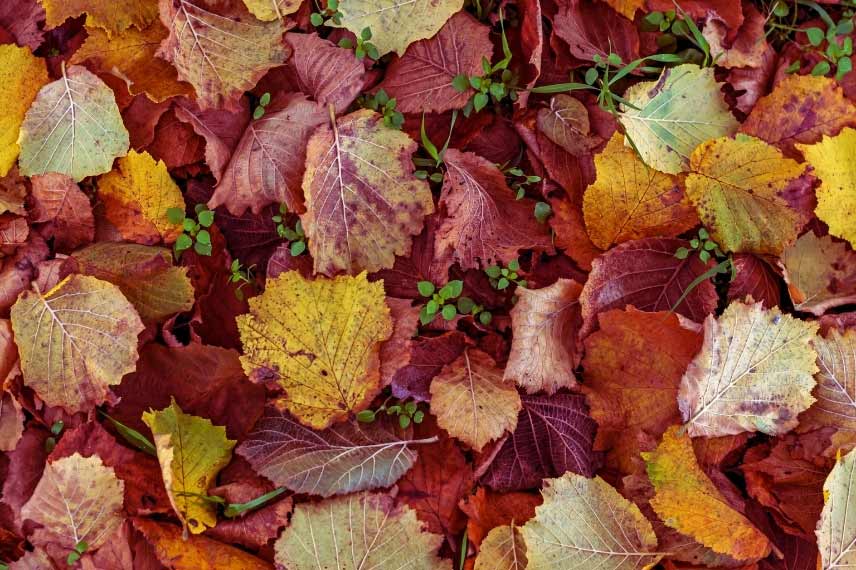
Hazel leaves
Discover other Trees and large shrubs
View all →Available in 0 sizes
Available in 1 sizes
Available in 1 sizes
Available in 1 sizes
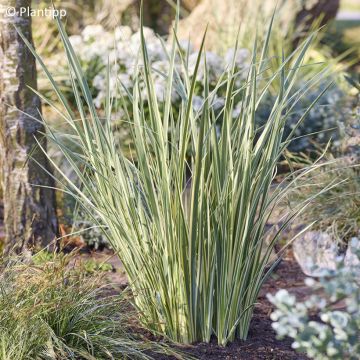
Available in 1 sizes
Available in 1 sizes
Available in 1 sizes
Available in 1 sizes
Available in 2 sizes
Available in 1 sizes
Ash
Widely found in European forests, the common ash or Fraxinus excelsior is a fast-growing tree that is very easy to cultivate. Its deciduous compound pinnate leaves (with leaflets arranged on both sides of the petiole like a feather) were once collected by farmers to feed ruminants during dry summers. They are also included in herbal teas reputed to relieve joint pain and gout.
Tender and composed of small leaflets, the leaves of the ash appear late and turn a soft yellow in autumn. Once they fall to the ground, hurry to collect them before they disintegrate and spread them at the base of your plants. Their rapid decomposition will help improve the structure of your soil and gradually enrich it.

Ash leaves
Read also
How to collect fallen leaves?Willow
Primarily found in the cool, moist areas of temperate regions, willows, known as Salix in Latin, are deciduous trees or bushes. Our gardens can host willows with an incredible diversity of shapes and sizes:
- the Weeping Willow or Salix alba ‘Tristis’, with its very attractive weeping habit
- the Salix caprea or Goat Willow, which stands out from other willows with its broader, ovate leaves
- the Salix cinerea or Grey Willow, which has a more bushy than shrubby habit
- but also the Salix viminalis or Basket Willow, used to produce osier due to its stems that can grow up to 1m per year.
The Eskimos and Inuits still gather the young leaves of Salix phylicifolia today when they are only a few centimetres long and consume them in various ways: raw, dried, added to soup, or as an infusion.
The characteristic leaves of the willow fall abundantly and quickly in autumn. If you do not wish to collect them, you can leave them to decompose on the ground. Mow over them to fragment them and speed up their disappearance. Otherwise, equipped with a collection box, the mower will also allow you to collect them more easily. This way, you can incorporate them into the compost. Their size and fine shape enable them to decompose quickly among other larger and tougher leaves that have been previously shredded.
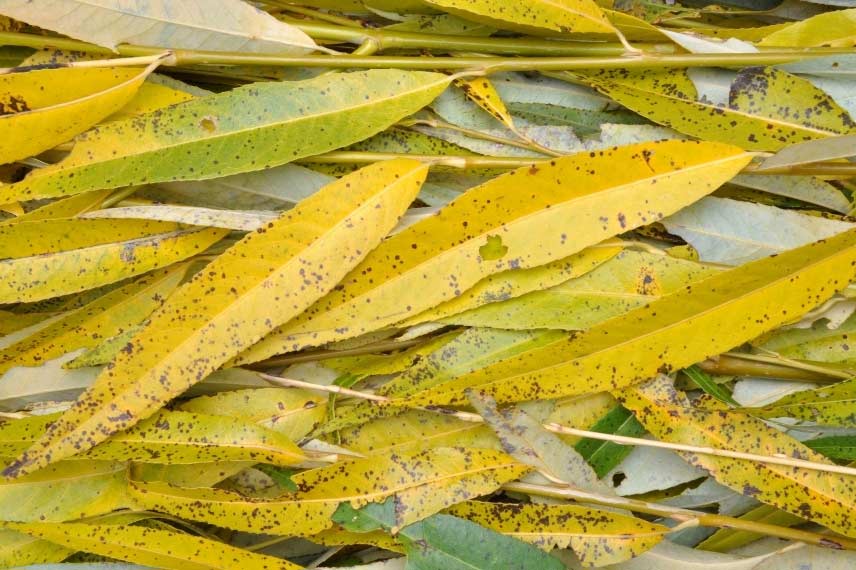
Willow Leaves
Elderberry
Elder trees are small trees or bushes of the Sambucus. Nitrophilous plants whose presence indicates nitrogen-rich soil, elder trees produce numerous small bouquets of red, blue, or black berries that are highly appreciated by birds.
Their leaves transformed into manure have many valuable benefits for gardeners. To make this manure, collect 1kg of leaves and let them ferment in 10L of water for a few days. It will serve, in particular, as:
- a repellent against bugs, aphids, caterpillars, and scale insects,
- a repellent against voles, field mice, and moles
- an antifungal.
Elder leaves have the very interesting property of accelerating compost decomposition. So, do not hesitate to incorporate them in successive layers into your compost, mixed with more carbonaceous shredded leaves and nitrogen-rich plant materials such as grass clippings and vegetable peelings.
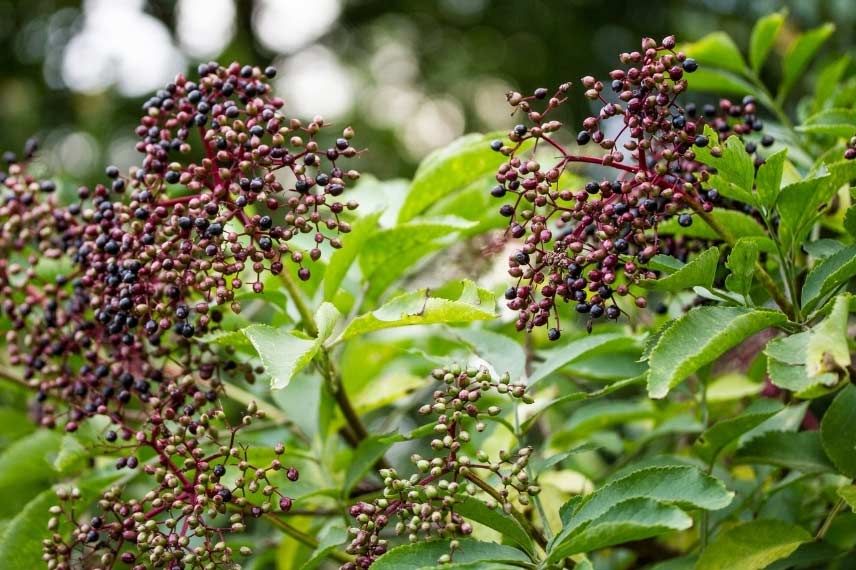
Elder leaves and fruits
Cherry tree
The leaves of cherry trees, whether fruiting cherries or ornamental cherries, are small, thin, and not very leathery leaves that decompose quickly. Regardless of their use, whether in compost or as mulch, ensure they are healthy and free from diseases and/or pests that typically affect these trees.
Left whole or shredded with a mower, garden shredder, or brush cutter, the fallen leaves of cherry trees can be added to the compost in layers mixed with other leaves and plant waste. Thanks to the action of microorganisms, they will transform over the months into rich organic matter that you can then use as a soil amendment. If you do not wish to collect them, wait for them to fall and simply mow at the highest setting. They will be shredded on-site and will enrich your soil as they decompose quickly.
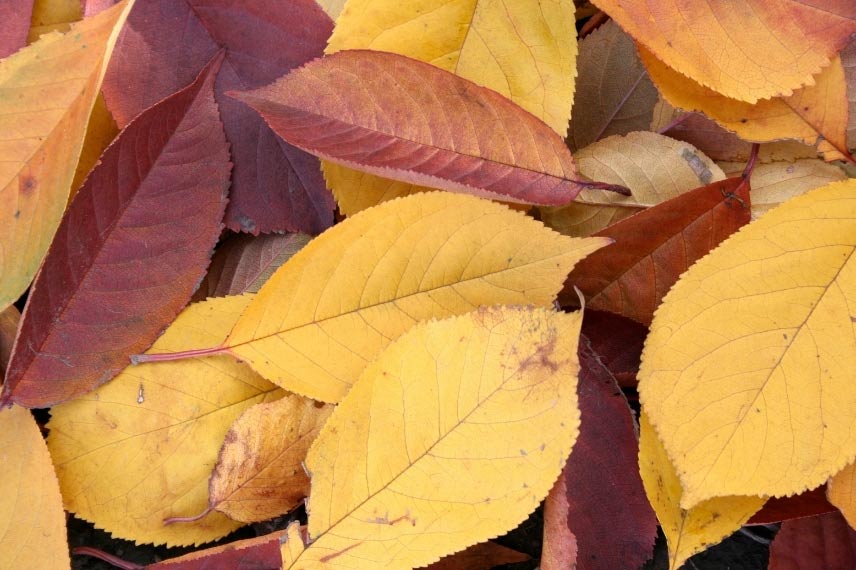
Cherry leaves
Birch
Birch, a well-known tree celebrated for its beautiful white bark, is a common tree in France. Its leaves, particularly rich in vitamin C and flavonoids, are reputed to have medicinal properties.
Triangular and glossy, the deciduous leaves of birches are quite small, measuring 2 to 5 cm long. They fall in a golden rain in autumn. In addition to improving soil quality as they decompose, they can also be transformed into manure to create a preventive fungicidal treatment. To do this, soak 1 kg of birch leaves in 10 L of water in full sunlight for a few days. Then, the resulting manure, once filtered, should be diluted to 20%. It acts as a preventive treatment against scab on fruit trees.
Like the leaves of the previous trees, birch leaves, which are not very tough and small in size, decompose easily. As they are quite numerous, they form a carpet at the base of the trees. If possible, let them decompose naturally without intervention; they will create a rich and lively litter layer that will improve the soil. If they fall on a lawn area you wish to preserve, collect them and spread them as mulch in your flower beds and pots.
For composting, fill a bin or create a simple heap at the back of the garden; moisten this heap during dry weather and cover it with a tarpaulin to ensure optimal decomposition. Just turn the whole thing from time to time. Add a bit of water and/or nettle manure to achieve good compost.

Birch leaves
- Subscribe!
- Contents

































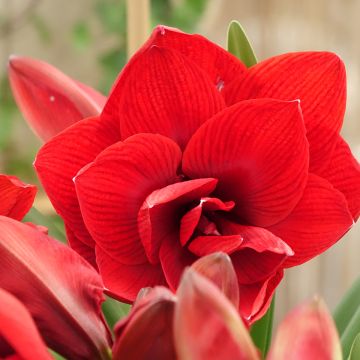


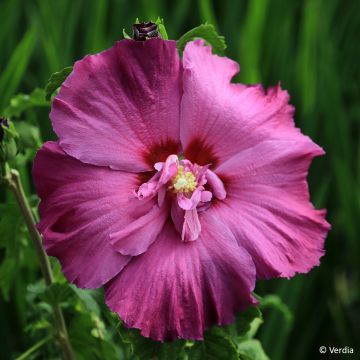

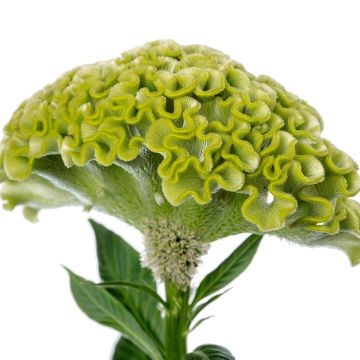
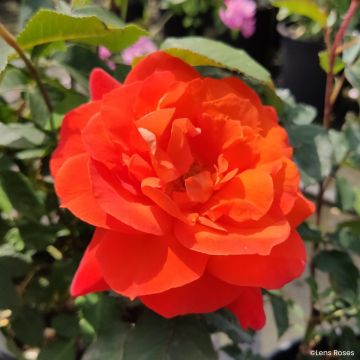

Comments